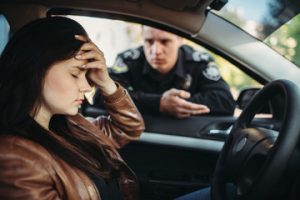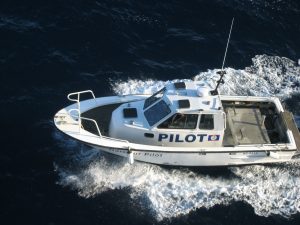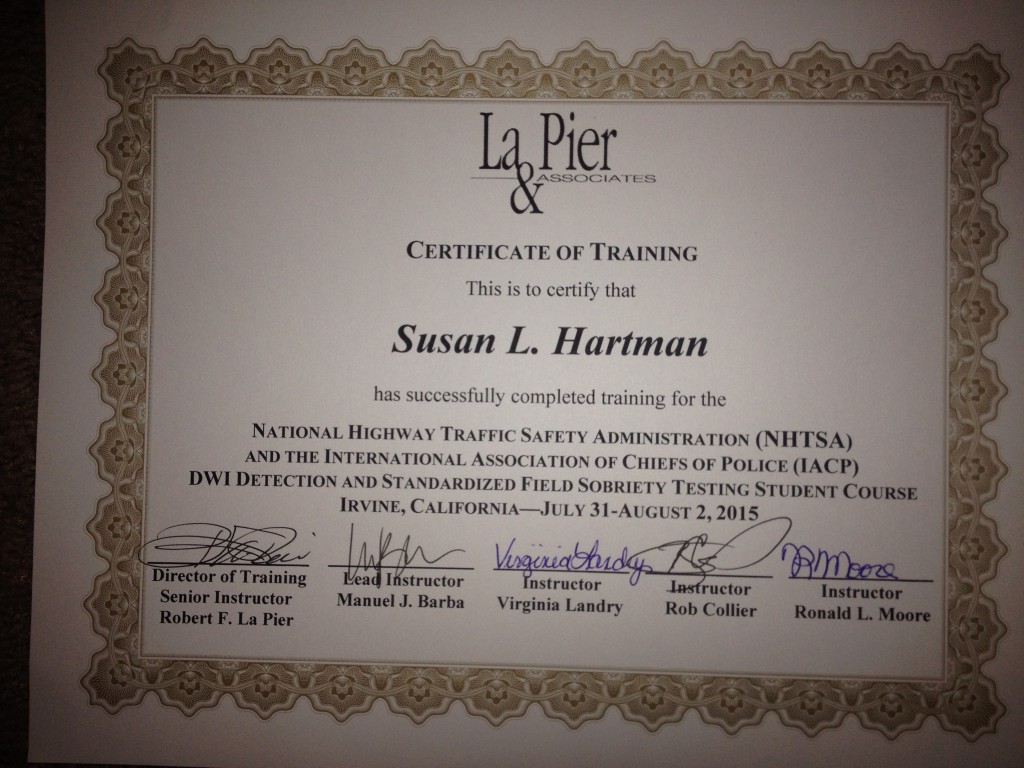 Facing a DUI in San Diego with prior convictions can have life-changing consequences. Under California law, multiple DUI offenses can classify you as a habitual DUI offender, leading to felony charges, long license revocations, and years in state prison.
Facing a DUI in San Diego with prior convictions can have life-changing consequences. Under California law, multiple DUI offenses can classify you as a habitual DUI offender, leading to felony charges, long license revocations, and years in state prison.
As an experienced San Diego DUI defense attorney, I regularly help clients fight back against habitual offender allegations and protect their futures. Here’s what you need to know.
What Is a Habitual DUI Offender in California?
California has strict laws targeting repeat DUI offenders. If you accumulate three or more DUI convictions within ten years or have a prior felony DUI, you may be prosecuted as a habitual DUI offender.
Key statutes include:
- Cal. Veh. Code § 23550 — A fourth or subsequent DUI within 10 years becomes a felony, punishable by 16 months, 2 years, or 3 years in state prison and a 4-year license revocation.
- Cal. Veh. Code § 23550.5 — If you have any prior felony DUI, your new DUI can be charged as a felony regardless of when it occurred.
- Cal. Veh. Code § 14601.3 — Allows the California Department of Motor Vehicles (DMV) to label you a Habitual Traffic Offender (HTO) if you repeatedly drive after DUI-related suspensions. Driving as an HTO carries mandatory jail time.
How This Impacts Drivers in San Diego
The San Diego County District Attorney’s Office takes repeat DUI cases very seriously. If you are charged as a habitual DUI offender, you could face:
- Felony DUI charges on your record
- State prison time
- 4-year driver’s license revocation
- Habitual Traffic Offender designation by the DMV
- Vehicle impoundment or forfeiture
- Severe fines, probation, and mandatory DUI programs
These penalties are much harsher than a first or second DUI, and the long-term effects on your employment, licensing, and personal life can be devastating.
Defending Against Habitual DUI Allegations Continue reading ›
 San Diego DUI Lawyers Blog
San Diego DUI Lawyers Blog






